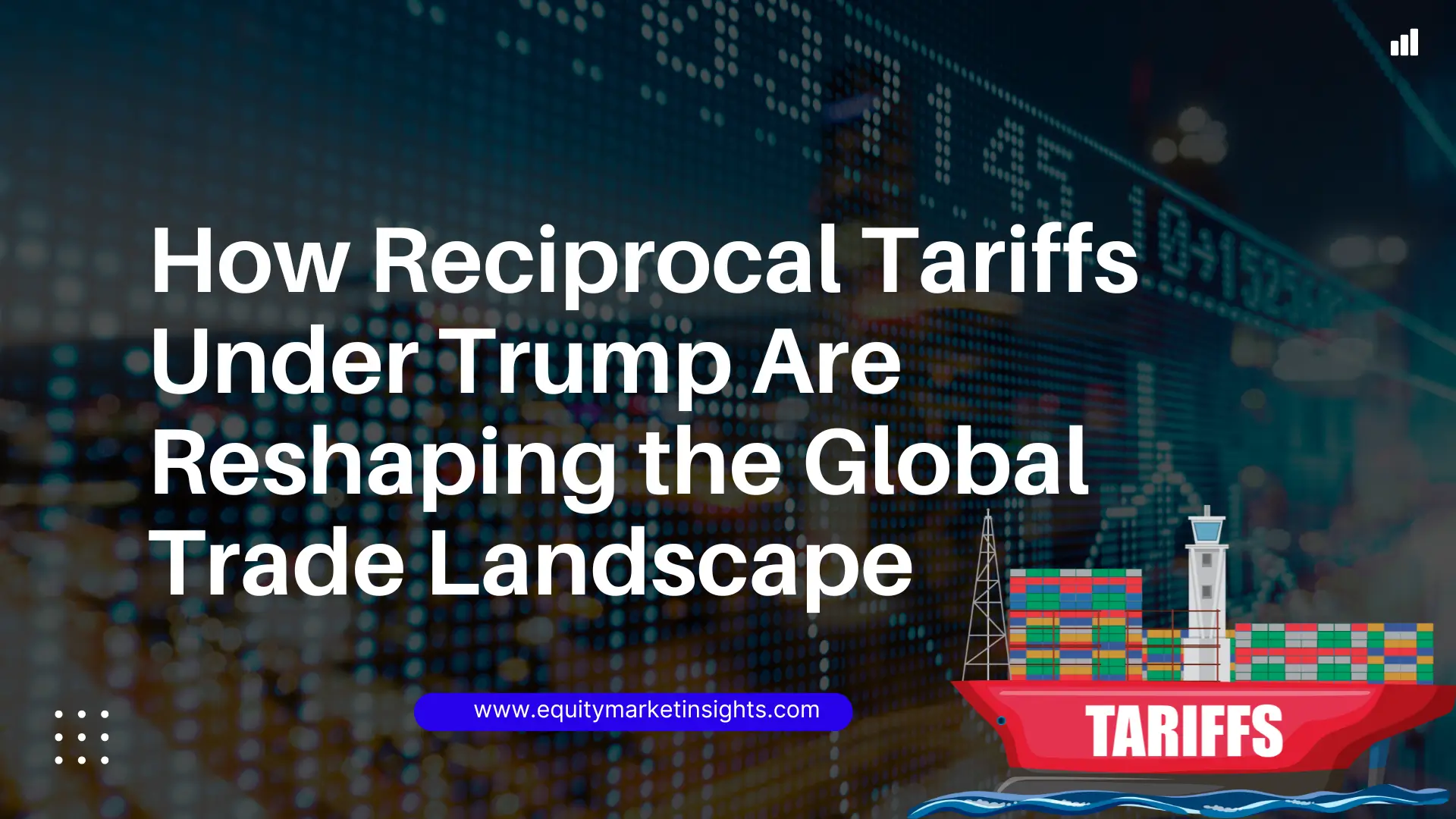President Trump launched his most sweeping trade action to date, initiating a broad-based tariff strategy that will reshape the global trade landscape – marking a return to high-tariff trade policies not seen since the early 1900s.

New Baseline and Reciprocal Tariff Structure
Trump announced a new minimum 10% baseline tariff applied to all US trading partners and reciprocal duties ranging from 11% for the Democratic Republic of Congo to 49% for Cambodia and 34% for mainland China (in addition to the recently implemented 20% tariffs). These tariffs target economies that run the largest bilateral trade surpluses with the US or those that impose significantly larger tariffs on US exports.
Economic Impact on the US
Assuming these tariffs remain in place indefinitely without exemptions or exclusions, modeling shows that such a scenario would lead to stagflation with a drag on US real GDP growth worth 1 percentage point (ppt) in 2025 and a 0.4ppt drag on growth in 2026. As such, US real GDP would be 1.0% lower in 2025 and 1.4% lower in 2026. The increased cost of imports would add 1ppt to US consumer price inflation by Q4 2025.
Global Economic Impact
At a global level, real GDP growth would be curbed by 0.5ppt in 2025 and 0.7ppt in 2026 amid increased protectionism and weaker US growth. Indeed, even after these sweeping trade announcements, much uncertainty remains as to the duration and potential exemptions and exclusions from these tariffs. This uncertainty is likely to favor a wait-and-see approach from businesses while feeding market volatility.
Rising Recession Risks and Long-Term Impact
Given the uncertainty surrounding the duration of the new tariffs and potential retaliation measures from targeted economies, recession odds have risen from 40% to 60%. In the long run, the US economy would be among the economies most adversely affected by reciprocal tariffs with the impact expected to be a 0.7% loss of real GDP worth around US$200b annually.
